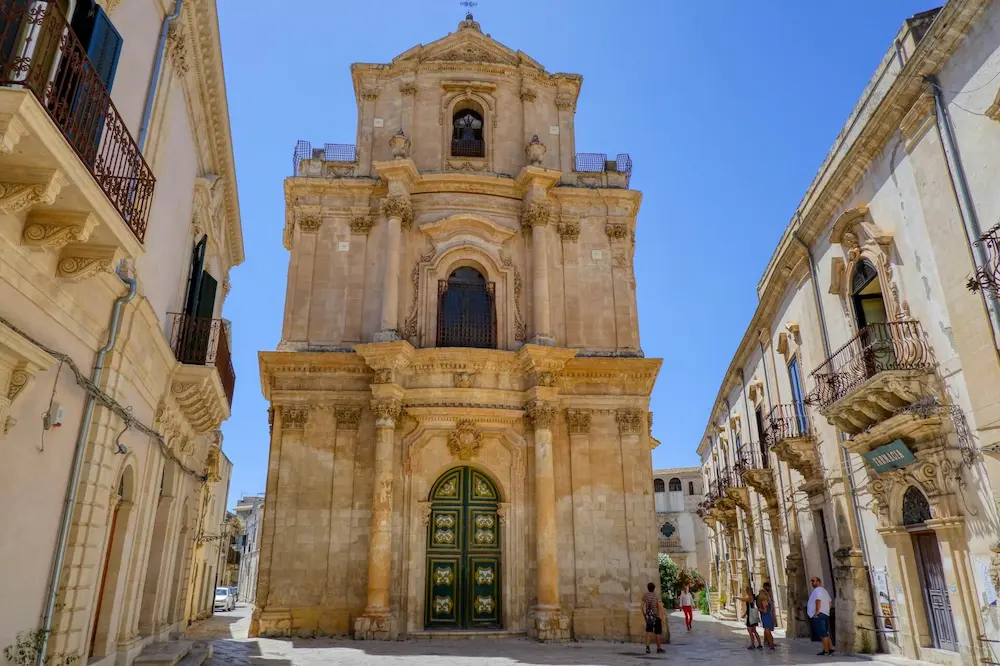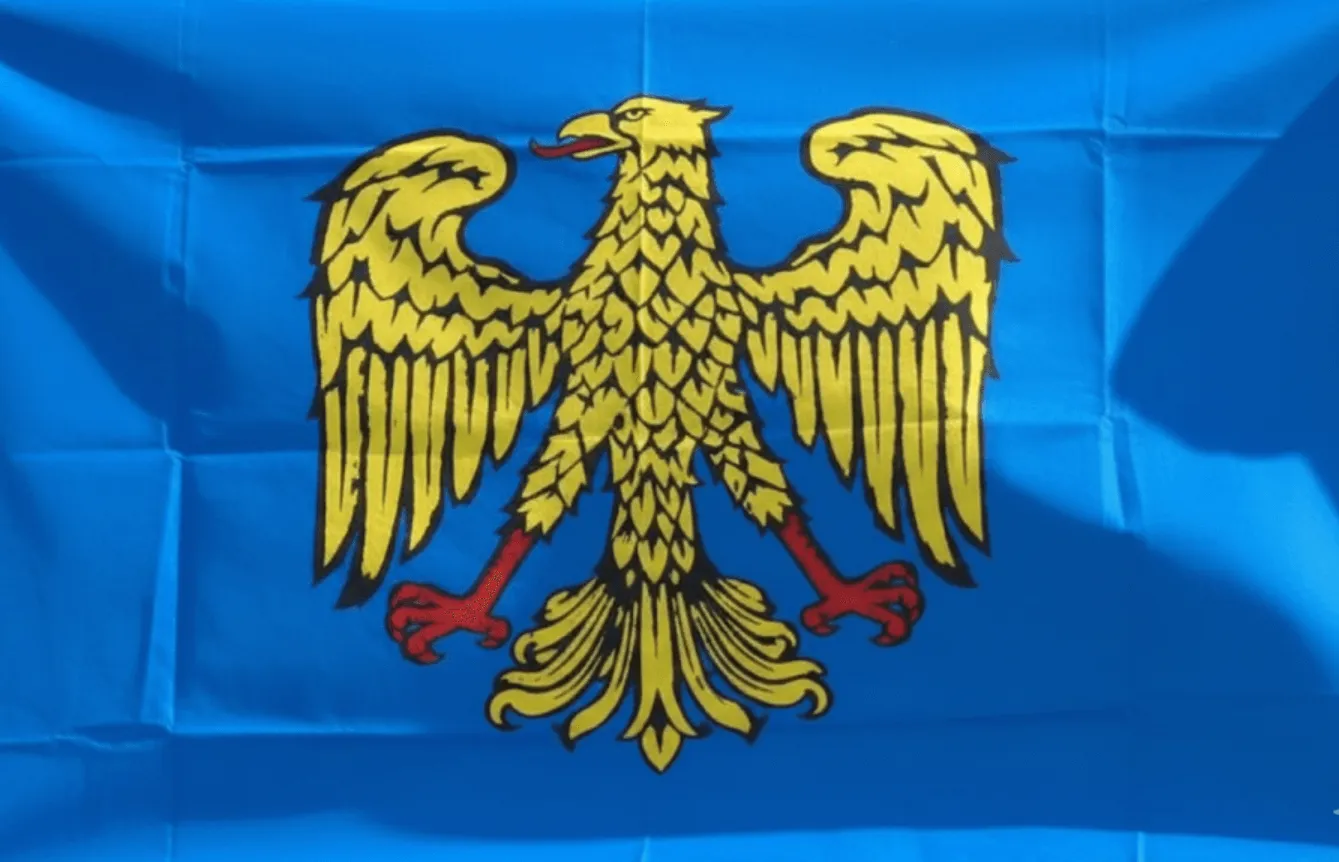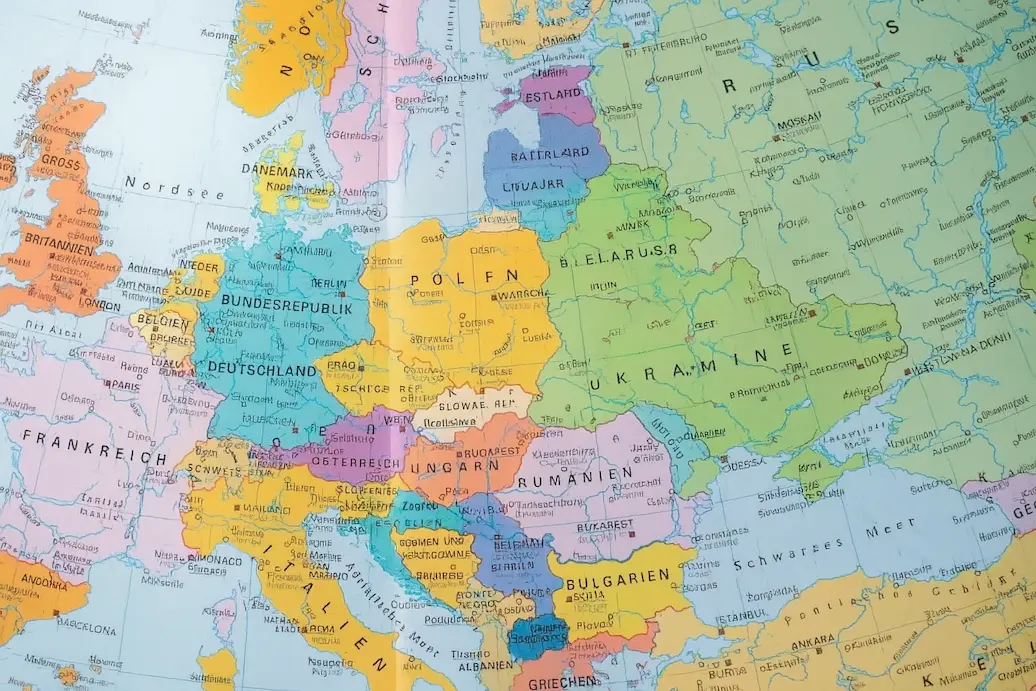
Tuscan is the language of the beautiful region of Tuscany and is not only a dialect but also the language on which modern Italian is based
Sicilian is more than just a dialect, it’s a living language that reflects the depth and complexity of Sicily’s rich history

Spoken by around five million people both on the island and in Sicilian communities abroad, the SIcilian language reveals the many cultures that have influenced Sicily over the centuries.
Like all Italian local languages, Sicilian is spoken more in everyday life than in formal contexts, and it is used more in rural areas than in urban centers. It is considered one of the languages most different from standard Italian, making it one of the most difficult to understand.
Sicilian also has its own grammar, with distinct verb conjugations and tenses.
Sicily’s strategic location in the Mediterranean made it a crossroads of civilizations, and the Sicilian language is the result of centuries of cultural blending. First came the Greeks, who founded many cities on the island. Then came the Romans, who brought Latin, the base of both Sicilian and standard Italian. Later, the Arabs, Normans, and Aragonese also left their mark.
For example, one Sicilian word for island, gisira, is derived from the Arabic word jazira, which has the same meaning.
Other examples include the typical Sicilian word carusu (boy or guy), which derives from the Greek kóros, meaning the same thing. Or the word for yesterday, ajeri, which comes from the Spanish ayer.
Sicilian is far from uniform. From Palermo to Catania, and from Trapani to Messina, every region, and often every town, has its own variation. Some dialects are so distinct that people from opposite ends of the island might struggle to fully understand each other.
A fun example of this diversity is the famous rice ball dish known as arancino. In Catania and much of eastern Sicily, it’s masculine and ends in -o (arancino), while in Palermo and western Sicily, it’s feminine and ends in -a (arancina).
Want to sound like a local? Here are some of the most common Sicilian greetings and expressions:
The Sicilian equivalent of please, similar to per favore in Italian.
The Sicilian version of ciao, used informally to say hello or goodbye.
This means good day, very similar to the Italian buongiorno.
How are you? A common friendly greeting.
I’m good, thanks. A typical reply to Comu stai?
I live in Palermo, and you?”
I don’t know. A straightforward and frequently used phrase.
Where are you from? A friendly question to get to know someone.
I’m from… Used to share where you’re from.
Here is a list of words that became popular outside Sicily and are often heard even in standard Italian:
A lively expression meaning Let’s go! or Come on! Often used among friends. It can encourage someone to move or take action.
Amunì a cuccàre (Let’s go to sleep)
A sweet term for a child or boy. It literally means small one. There is also a feminine version, picciridda, used for girls.
Short for compare, meaning a close friend or trusted companion.
Both words refer to a young boy or guy. You might have heard them in Il Padrino (The Godfather) or other mafia movies.
Means a lot or very much. For example: Mi piaci assai! (I like it a lot!).
A strong expression used to convey surprise, frustration, or amazement. Common in speech, but it can be considered vulgar depending on the context.

Tuscan is the language of the beautiful region of Tuscany and is not only a dialect but also the language on which modern Italian is based

Neapolitan is much more than just a dialect; it’s a language full of history, passion, and the culture of an entire city

Italy is renowned for its rich mosaic of regional languages and dialects, but few are as interesting as Friulian, or Furlan

When people talk about the hardest languages to learn, Chinese is often the first that comes to mind. But it's not that simple